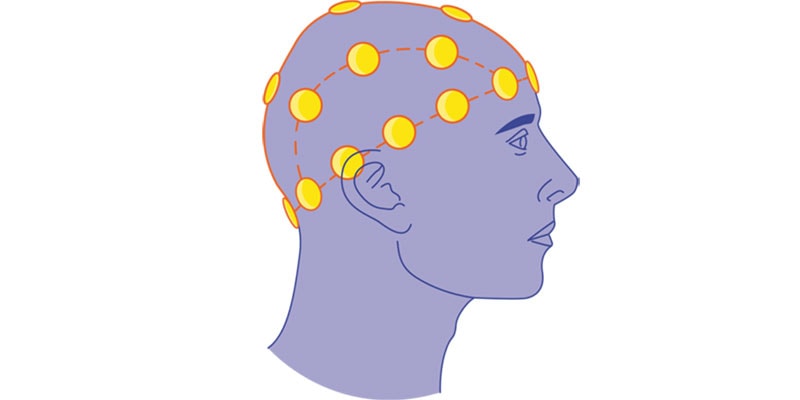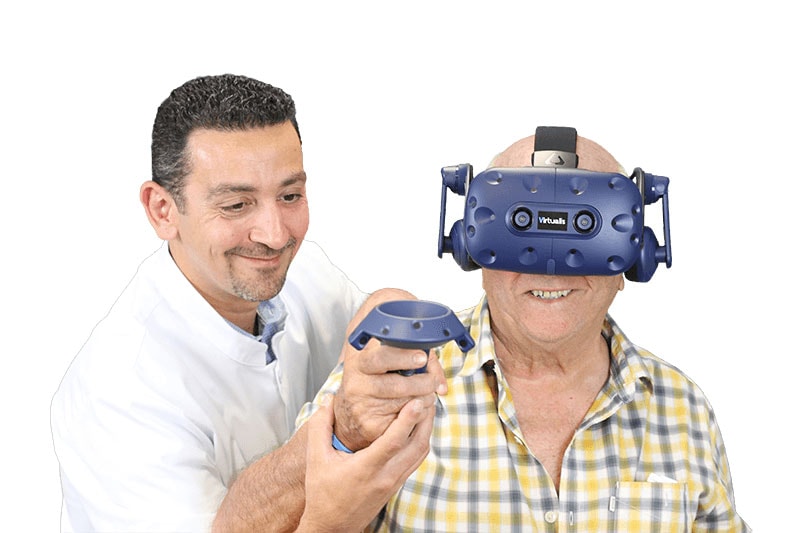Ever wonder what’s going on inside your brain as you go about your day, or even when you’re fast asleep? Well, there’s a fascinating world of brain waves at work, orchestrating your thoughts, emotions, and sleep patterns. In this blog post, we’re going to dive into the mesmerizing world of brain waves – those rhythmic patterns of electrical activity that define our mental states.
The Brain’s Musical Ensemble
Think of your brain as a musical ensemble with different instruments, each playing its own tune. These “instruments” are known as brain waves, and they vary in frequency and amplitude. Each type of brain wave is like a different genre of music, setting the stage for various activities and states of mind. We outline the different brain waves below:
Delta Waves
Delta waves are the slowest brain waves and are usually associated with deep, dreamless sleep. However, they can also show up during intense meditation or in cases of severe brain injury. Delta waves take the lead during deep sleep stages, helping to restore your body and mind.
Theta Waves
Theta waves are seen when you’re in a relaxed state, daydreaming, or during creative activities. They’re the backdrop to that “Aha!” moment. When asleep, theta waves appear during the lighter stages of sleep and may accompany vivid dreams.
Alpha Waves
Alpha waves are your brain’s way of saying, “I’m relaxed.” They show up when you’re closing your eyes, meditating, or simply taking a mental break. Alpha waves are rare during sleep; they’re more of an awake and relaxed phenomenon.
Beta Waves
Beta waves dominate your conscious, alert state. They’re like the high-energy music at a party, accompanying focused thinking, problem-solving, and everyday activities. As such, beta waves are virtually absent during sleep.
Gamma Waves
Gamma waves are the rockstars of brain waves, associated with intense cognitive functions, high-level thinking, and heightened perception. They’re like the fireworks in your brain during moments of deep insight. While sleeping, gamma waves are mainly observed during rapid eye movement (REM) sleep, the stage of sleep when you’re most likely to have vivid dreams.
The Brain’s Dance: Awake vs. Asleep
Now that you know the different brain waves and their roles, let’s reiterate how they perform their dance while you’re awake versus when you’re sleeping.
While Awake
When you’re awake, alpha and beta waves take center stage. Alpha waves help you relax, while beta waves kick in when you’re focused on tasks or socializing. Theta waves will make an appearance when you’re daydreaming or being creative, like when you’re lost in a good book or coming up with innovative ideas. Higher-frequency gamma waves show up when your brain is working hard on complex tasks, like solving puzzles or making connections between ideas. Throughout the day different brain waves will appear, disappear, and reappear based on the tasks at hand.
While Sleeping
Deep sleep is the time for delta waves to shine, ensuring your body and brain get the rest they need. During the lighter stages of sleep, theta waves can take over and create a dreamy atmosphere, setting the stage for dreams. Gamma waves can again make guest appearances during REM sleep, contributing to the vivid dreams you may experience.
So, there you have it – the rhythmic symphony of your brain waves, guiding you through your waking hours and lulling you into a restful slumber at night. Understanding these brain waves offers us a peek into the remarkable complexity of our minds. The next time you find yourself daydreaming, focused on a task, or drifting off to sleep, remember that it’s your brain’s way of creating its own unique melodies and harmonies. Embrace the music within your mind!


